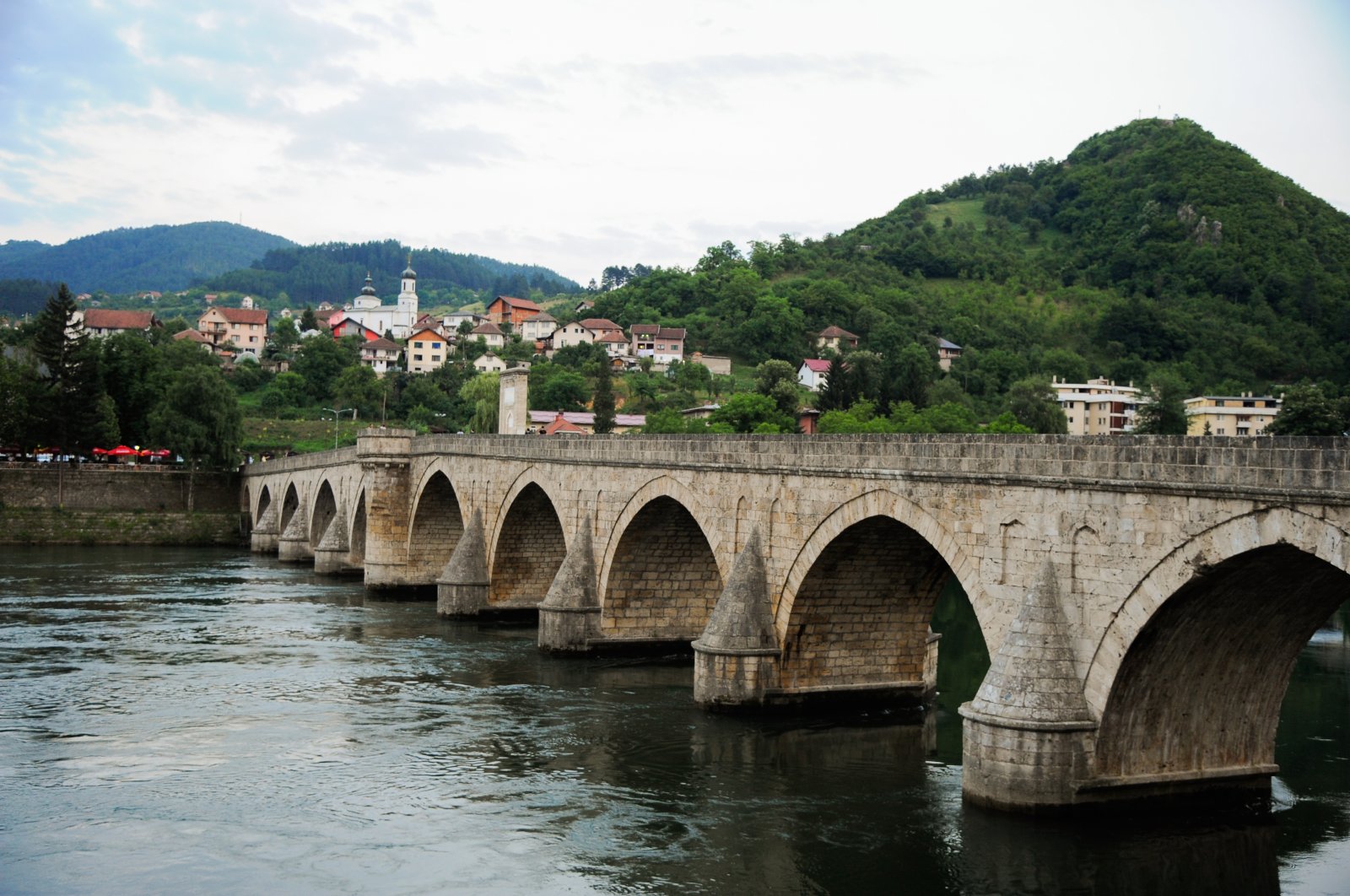
In Sarajevo, the capital of Bosnia-Herzegovina, a notable event took place with the launch of a book titled "Turkish Monuments Converted Into Churches," organized by the Presidency for Turks Abroad and Related Communities (YTB). The book, which examines Turkish architectural works across 19 countries that have been converted into churches, was introduced at the Gazi Husrev Bey Library.
The event featured prominent figures, including YTB President Abdullah Eren, the book's author and esteemed architect Mehmet Emin Yılmaz and representatives from various Turkish institutions and organizations.
During the event, Abdullah Eren emphasized YTB's dedication to Bosnia-Herzegovina, particularly in the educational and cultural spheres. He highlighted that over 1,000 Bosnian students have received scholarships to study in Türkiye, with 40 scholarships awarded this year alone. Eren also mentioned that YTB supports Turkish language students by bringing them to Türkiye as part of specialized educational programs. Additionally, he stressed the importance of developing technical collaboration, particularly in software and computer engineering, to leverage Bosnia-Herzegovina’s potential alongside Türkiye’s capabilities.
The book presents a detailed investigation into 451 Ottoman-era structures across 19 countries that have been repurposed as churches. Author Mehmet Emin Yılmaz shared insights from his 12-year research, noting that 345 of these structures were originally mosques, while the remainder included tombs, dervish lodges and other buildings. Notable examples include the Old Mosque, built by Ottoman Sultan Bayezid I in the 14th century, which became a Greek church after the 1924 population exchange and the Kara Mosque in Sofia, designed by the renowned architect Mimar Sinan, which was converted into a church in the early 20th century and continues to function as such today.
Yılmaz's research predominantly focuses on the Balkans, underscoring the region's rich historical and architectural heritage. The launch event also featured a presentation by Yılmaz on the mosques of the Balkans, providing additional context and depth to the findings presented in his book.
The launch highlights the significant historical and cultural exchanges between Türkiye and the Balkans, contributing valuable insights into the architectural transformations and historical narratives of the region.
